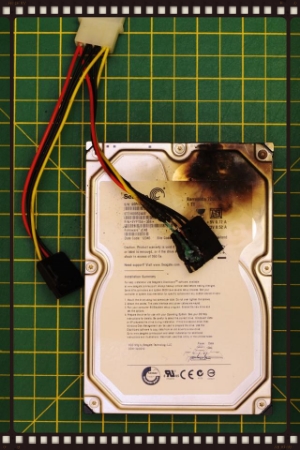Disclaimer: Ok, before I start, I’ll get the small print out of the way: this blog relates only to professional photographers, not selfie obsessed self-promoters who canvas social media with what’s going on in their lives, posting burry photos only Big Foot hunters would be proud of (that’s a blog for a whole other day). Also, I totally understand everyone has their own style and post-production workflow, and good on them – I’m all for that, in fact, the variety in styles and client needs is what keeps so many of us professional photographers in business.
Now that’s out of the way. In my opinion, there’s only one thing worse than a bad photo…a poorly edited image which has been butchered in Photoshop. I’m sure you’ve seen what I’m referring to:
- images where the colours are way over the top – skins more orange than a fruit;
- teeth or eyes which glow unnaturally;
- over sharpening or increasing the contrast way too high;
- overly heavy vignettes / darkening around the edge of the frame;
- using the latest Photoshop gimmick such as putting a dinosaur in the background, using selective colour in black & white images or superimposing the couple into the bouquet;
- destroying the beauty of a black & white image with blue or orange tones;
- or (my pet hate) they’ve applied the digital equivalent of “smearing Vaseline over the lens” to soften the image and smooth the skin to add “beauty” to the bride!
Don’t get me wrong, I’m not one of these purists who only believe the minimal amount of editing should be applied to an image, with the intent being to produce a true-to life portrait of the subject (warts and all).
In fact, I believe the post-processing of an image is just as important as the taking of the image itself; for me the real work starts when I’ve got home and uploaded the images to Lightroom for my post-shoot workflow.
When I digitally edit an image I’m making it the best it can be, while maintaining the integrity of the original image I captured; this includes cropping, straightening, correcting white balance, removing blemishes (while leaving permanent features alone), adding / removing light and shadow where appropriate. Sometimes I'll remove distracting objects from the foreground or background that I either didn't notice while taking the shot or couldn't avoid.
Most of this is done in Lightroom, with a custom set of actions ready to be ran in Photoshop once I’ve got the image how I like it. It’s nothing over the top, slight vignette to frame the image to better focus the eye, delicate warming of the scene and a reduction of any image noise.
I’m not going to name any photographers who overwork Photoshop, that wouldn’t be right, but I can show my approach to processing an image by showing you a before and after screenshot.
The other month, Jared Polin over at FroKnowsPhoto (check it out if you’re into photography in any way) posted a raw image file from one of his studio portrait sessions for people to download, giving them the challenge of processing it in their style. The image he uploaded was hi res, well lit and a classically composed studio headshot.
Below on the left is the raw unedited out-of-camera image file and to the right is my edit to that image. I’ve removed blemishes, balanced the colour, increased the contrast a little to make the image “pop”, applied a very slight crop to tighten the image and added a vignette to better focus the eye. Nothing I wouldn’t normally do to a client image, or my own home photos for that matter, and it only took 5 minutes.
As I stated earlier – my intention is to make the subject in the image appear the best they can be, while maintaining a natural look.

